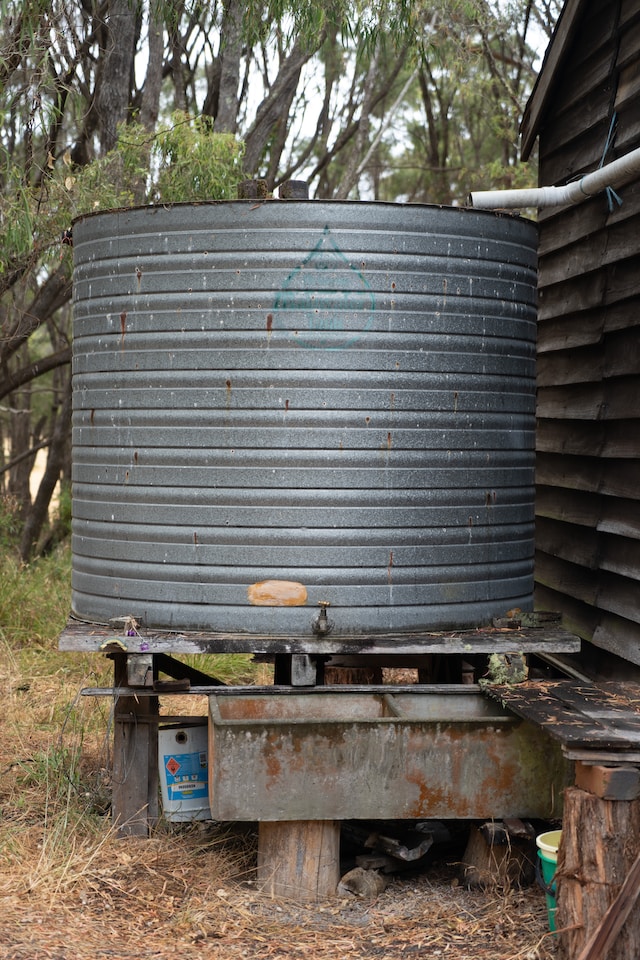Septic Tank Pumping – What You Need to Know
The recommended frequency for pumping septic tanks varies depending on the number of people living in a household. Larger families use more water and flush things like coffee grounds and wipes into the septic system, which can cause clogs.
A full septic tank is a health risk as odor-causing gases have nowhere to go. Regularly pumping the tank helps prevent a clogged drain field that can cost thousands of dollars to repair.
Float Switch
Float switches are used for level control in potable water, rainwater, wastewater, and sewage applications. They monitor the liquid level within a tank or container and, based on the station, either open or close an electrical circuit usually used to pump liquid in or out of the tank.
A float switch has a magnet that moves up and down as the liquid in a tank rises or falls. As the float lifts, it activates a mechanical switch, opening an electrical circuit that can shut off power to a pump or trigger an alarm.
When a float switch is working correctly, you should be able to hear and feel it moving. The pump may be clogged with solids or debris if you cannot. Ensure that there are no electrical wires or anything else in the way of its movement. If that doesn’t work, try giving the float switch a good bump. It should cause it to rise and move the magnet back into contact with the reed switch.
Pump Alarm
The purpose of the septic system’s pump alarm is to alert you when the water level in your septic tank has dropped low or risen too high. It is accomplished with a green light, indicating the system has power, and a red light and sound, activated when your septic tank is filled.
It can be triggered for many reasons, including too much water usage. If you’ve been washing double laundry, having parties, or taking long showers or baths, this could mean more wastewater is being stored in the tank between pump cycles than average. It also might be due to heavy rain causing groundwater to seep into the septic system.
If the alarm sounds, check the septic tank breaker first and minimize water usage until septic tank services Orlando FL, can diagnose the problem. Refrain from ignoring the notice to avoid severe issues down the road.
Level Gauge
Most tanks have an average liquid level of 8” – 12” below the outlet pipe that transports wastewater to the drain field. When the tank’s liquid level rises above that normal range, it is complete and needs to be pumped.
The float system uses a chemical that lifts a weighted indicator on the outside of the tank. The float pulls the needle downward as the liquid inside the septic tank decreases.
You should not put any chemicals into your septic tank that can kill the biological part of your system. Avoid putting paint thinner, polyurethane, anti-freeze, some dyes, disinfectants, and laundry detergent into your septic system. Doing so will reduce your system’s capacity and will cause you to need to have it pumped more frequently. The septic tank is a significant part of your home, so treating it with the care and respect it deserves is essential. Considering these tips will ensure that your septic tank works well for years.
Pumping Schedule
The tank size and the number of people living in the home significantly impact the pumping frequency. Infrequent pumping can lead to septic system overflow, which may flood the drain field and cause sewage overflowing into the house.
Regular septic tank pumping also increases the lifespan of the septic system. If you follow a recommended schedule, it’s likely you won’t have to pay for septic system repair services or replacement tank costs down the road.
To reduce the cost of septic tank pumping, try to conserve water in your home. It helps to decrease the amount of solid waste that enters the septic tank and slows down the filling rate. You can also help to lower the cost of septic tank pumping by not flushing items that aren’t biodegradable, such as feminine products, paper towels, kitty litter, and hair. Non-biodegradable solids can cause costly clogs and disrupt septic tank bacteria.

